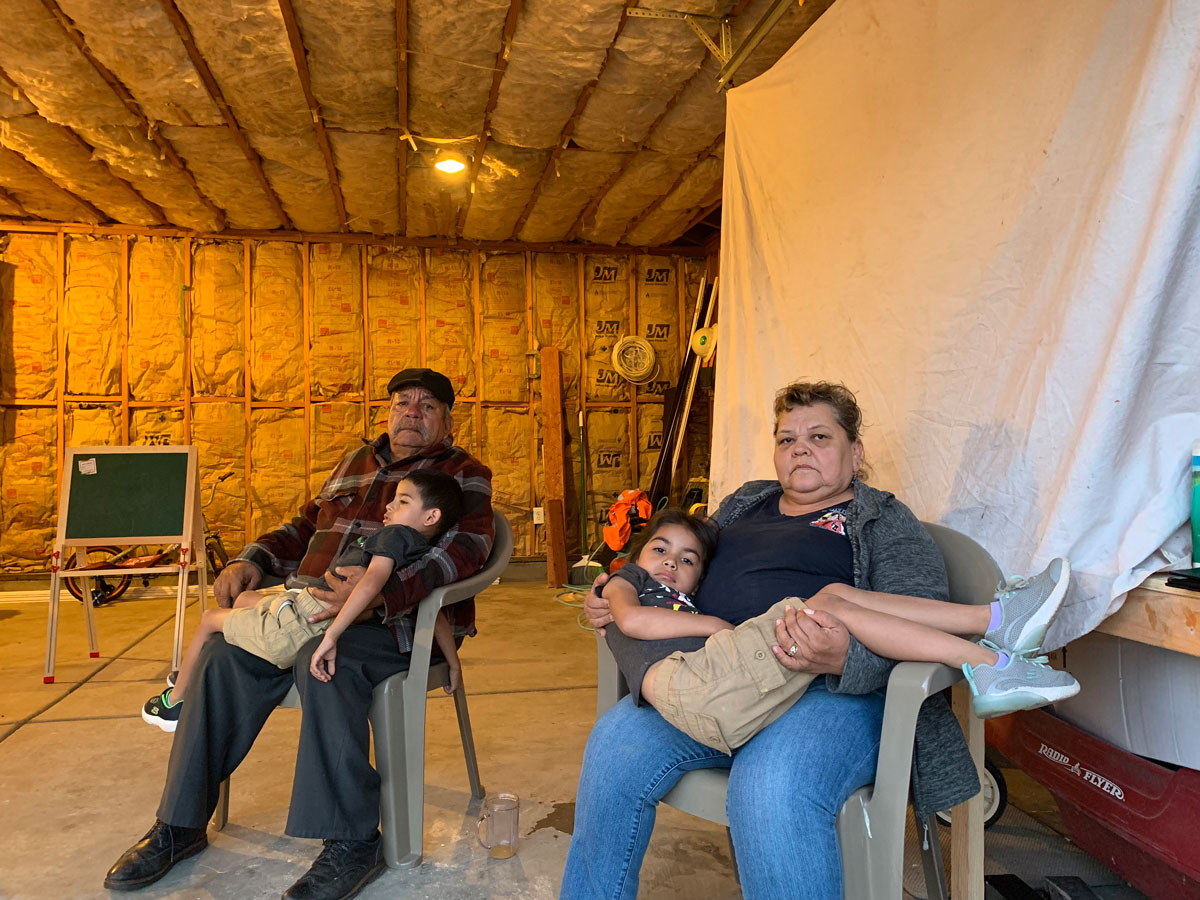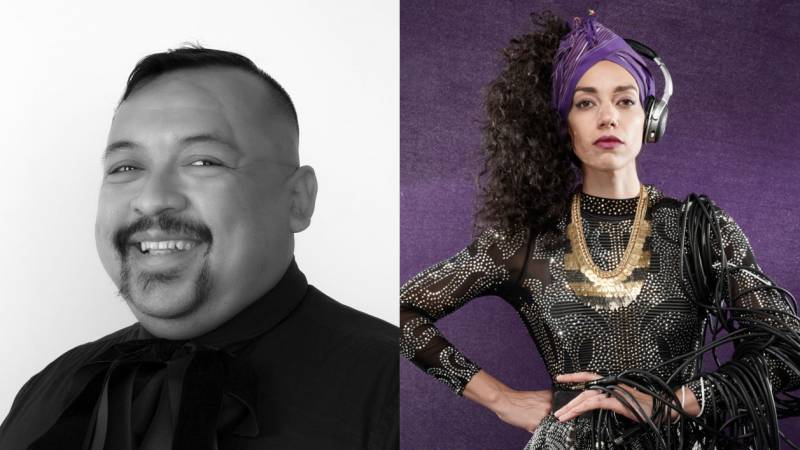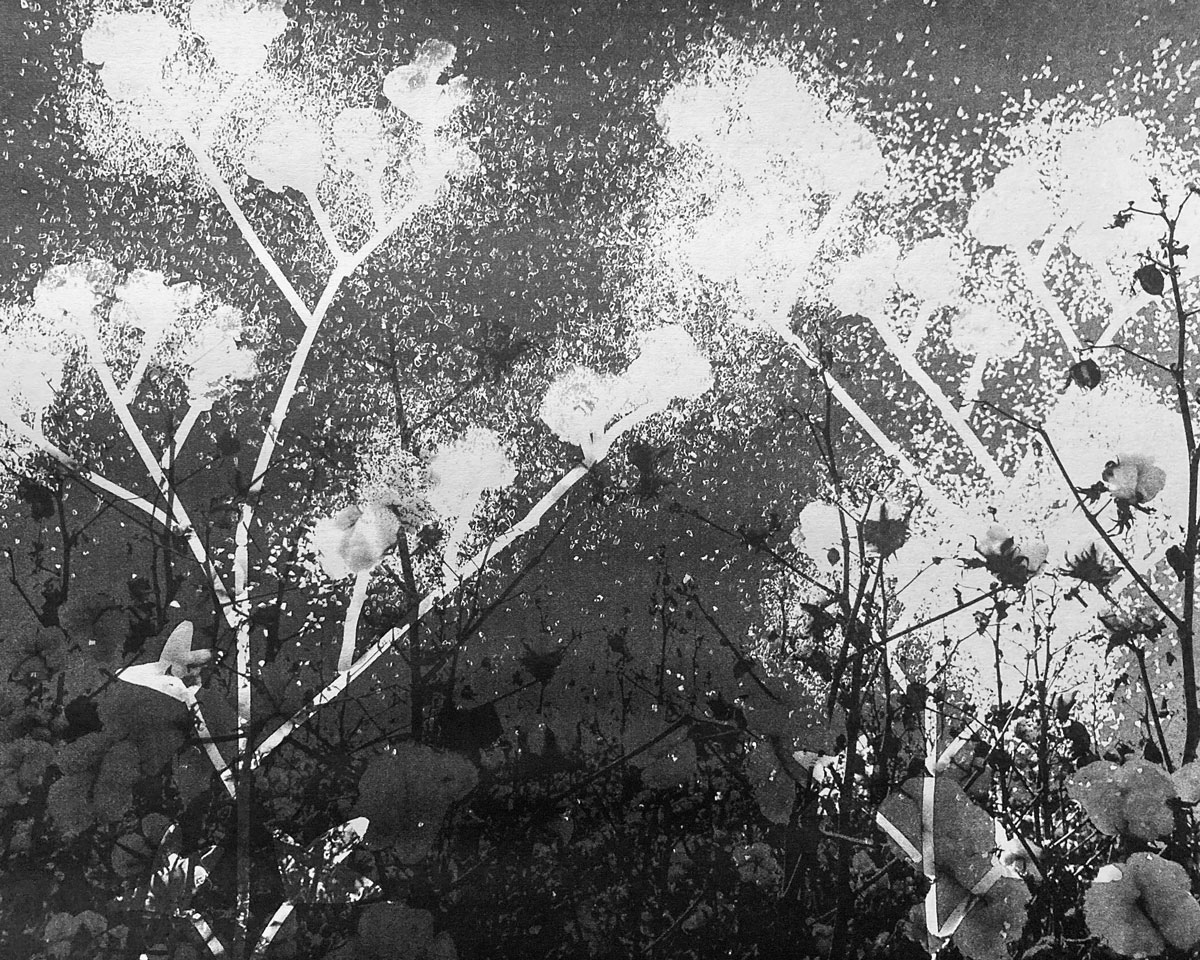When Bay Area museums get the go-ahead to reopen (hopefully, this time for good), it won’t be business as usual. Too much has changed—and still needs to change—both within these institutions and in the society they seek to reflect. At San Francisco’s Contemporary Jewish Museum, the pandemic has led to the creation of a new residency program for emerging Bay Area artists, an attempt to tangibly support, in a small-scale but meaningful way, the local arts community.
Artists Jose Arias and Leah King will begin their five-month-long residencies as soon as the museum reopens to the public. Arias, a photographer, will work in the Ronald and Anita Wornick Board Room and King, a multidisciplinary artist, in the Sala Webb Education Center Classroom. Both will receive $1,000 honorariums and a $350 local travel stipend.
Senior Curator Heidi Rabben says conversations about the museum’s smaller spaces and the economic struggles of the local arts community started almost immediately after the museum first shut down in mid-March 2020. “It became really clear that there was an interesting way to rethink our commitment to artists as a museum in this time,” Rabben says. “We can do more than just present exhibitions.”
This will be the first time the CJM has hosted a residency program. Rabben hopes it’s something that could outlast the need for social distancing. The museum connects the Artist Studios program with the Jewish principle of tzedek, described as “to share what we have and to strive for equity and justice.”

For Arias and King, who are at very different points in their respective bodies of work, the process-based nature of the program serves them equally well. Demands on the artists are minimal: The residency requires they each participate in one virtual public talk with CJM curators and one educational program.



